【Military Side】Author: Lele
After the "September 3rd" military parade, the shock of the domestically produced hypersonic missile group has not yet faded. Recently, websites such as "Defence-Blog" and "Military Watch" have unexpectedly reported on the Dongfeng-27, which has further performance but has not appeared in the parade. The evaluation that "its range is between 5,000 to 8,000 kilometers, capable of crossing the Pacific Ocean and directly striking aircraft carriers operating on the U.S. West Coast" is indeed shocking.
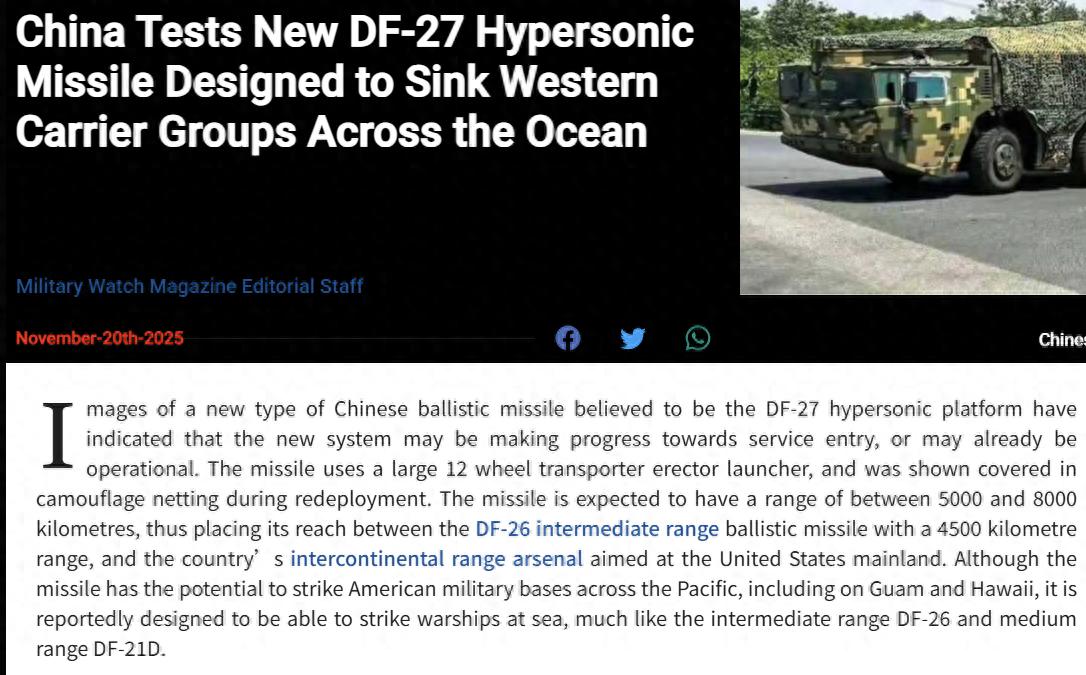
▲ Intercontinental anti-ship ballistic missiles are a rare label
After the introduction of the Dongfeng-17 in 2019, its wave-riding warhead and "skip" trajectory structure was unique globally, but its short range was a clear weakness. Therefore, at that time, people believed that developing extended-range versions and other platform versions based on the Dongfeng-17 would be the two major directions for China's future hypersonic weapons. This year, during the "September 3rd" military parade, the YJ-21 carried by H-6K and 052D/055, as well as the YJ-19 prepared for submarine heavy launch tubes, were typical results of multi-platform development. In comparison, the outstanding representative of the extended-range route, the Dongfeng-27, was not displayed publicly due to various factors.
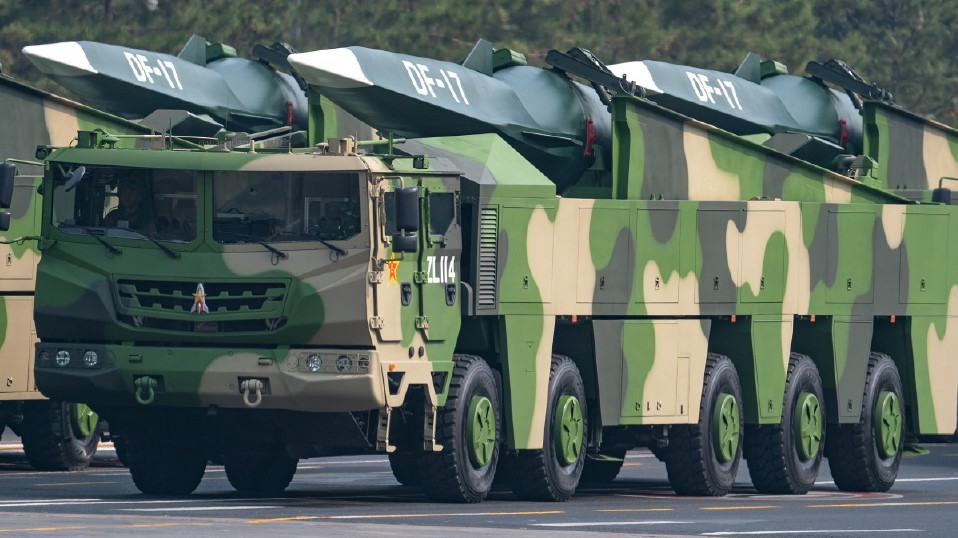
▲ Land-based equipment with a range of over 1,000 kilometers has limited usage areas
In winter 2021, John Hyten, then Vice Chairman of the U.S. Joint Chiefs of Staff (originally from the Strategic Command), stated publicly that "China had just completed a historic weapon test, where the missile traveled a long distance and finally landed within Chinese-controlled territory." Later, American media analyzed it and believed that Hyten was referring to the Dongfeng-27, estimating its range as 5,000 miles (about 8,000 kilometers). Soon after, Reuters cited multiple sources to conduct a more comprehensive analysis of the Dongfeng-27, stating its range as 5,000 kilometers. The "Defence-Blog" website, in an article on the 20th, combined both sets of data and concluded the range of the Dongfeng-27 to be between 5,000 to 8,000 kilometers. It also pointed out that like the Dongfeng-17, the Dongfeng-27 uses off-road wheeled vehicles, but has better accuracy, range, and maneuverability, with a maximum speed exceeding 10 Mach.
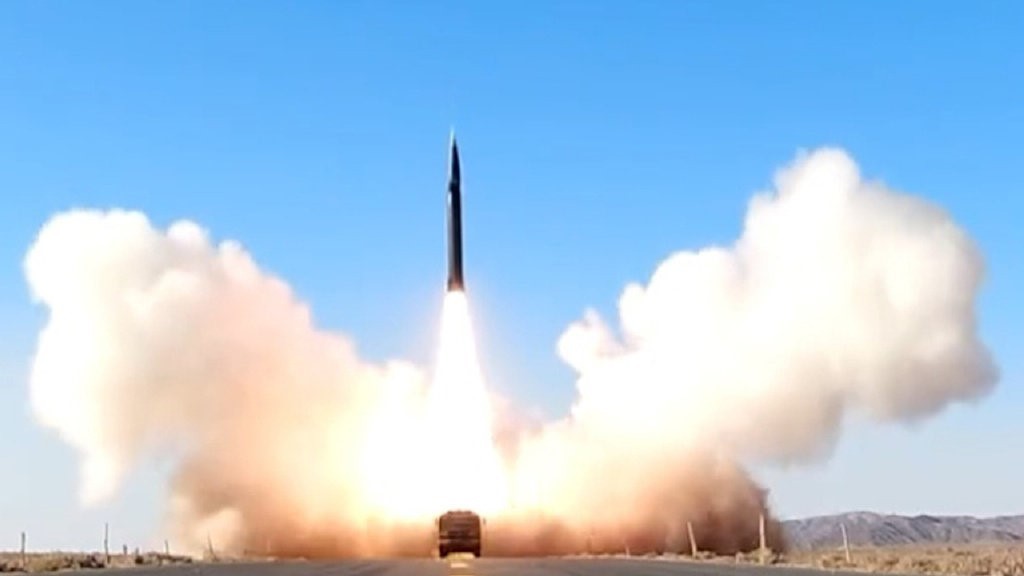
▲ The maneuvering attack capability of the Dongfeng-17 is already very strong
The "Military Watch" website went even further, considering the Dongfeng-27 as a quasi-intercontinental weapon between the Dongfeng-26 and intercontinental ballistic missiles, and the farthest-range anti-ship missile in human history. The article believes that compared to other countries' long-range ballistic missiles, the Dongfeng-27, which emerged with rich technical experience, not only has extremely strong mid-course glide capabilities, making it almost impossible to intercept, but also has excellent terminal maneuverability and guidance capabilities. With the support of intercontinental stealth drones and strategic satellites, it can even cross the Pacific Ocean and directly strike large warships such as aircraft carriers operating on the U.S. West Coast. Of course, it can also function as a conventional missile to destroy land-based facilities such as ports and shipyards.
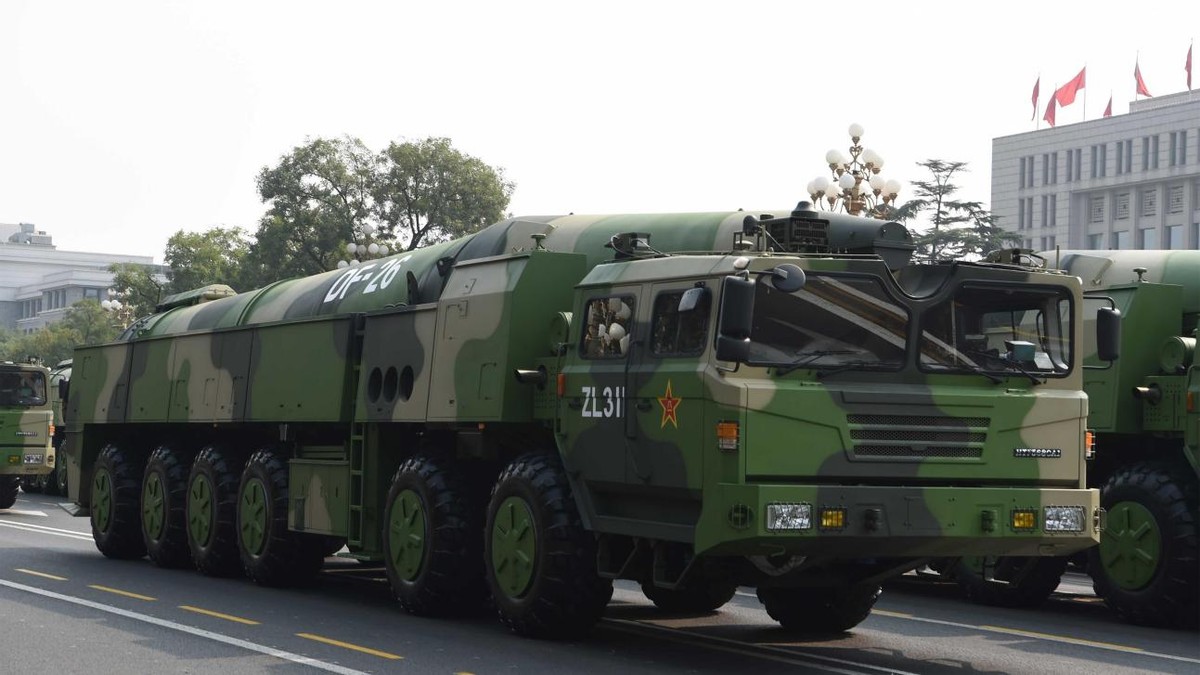
▲ The Dongfeng-26 has also developed an anti-ship version
Well, developing the extended-range model Dongfeng-27 based on the Dongfeng-17 is technically feasible, and the naming convention also aligns with domestic practices (for example, the Hongqi-2 successively gave rise to Hongqi-12 and Hongqi-22). However, 8,000 kilometers and 10 Mach are hard to coexist. Once traditional ballistic missiles break through the 3,000-kilometer threshold, their range can easily exceed 5,000 kilometers. This is because the mid-course of long-range ballistic missiles is in outer space, where fuel consumption is low, and the main challenge is guidance and control technology. However, hypersonic missiles glide in the atmosphere, where resistance increases significantly. Achieving a maximum speed of 10 Mach, a maximum range of 8,000 kilometers, while maintaining certain maneuverability for penetration and accurately striking large enemy ships is extremely difficult.
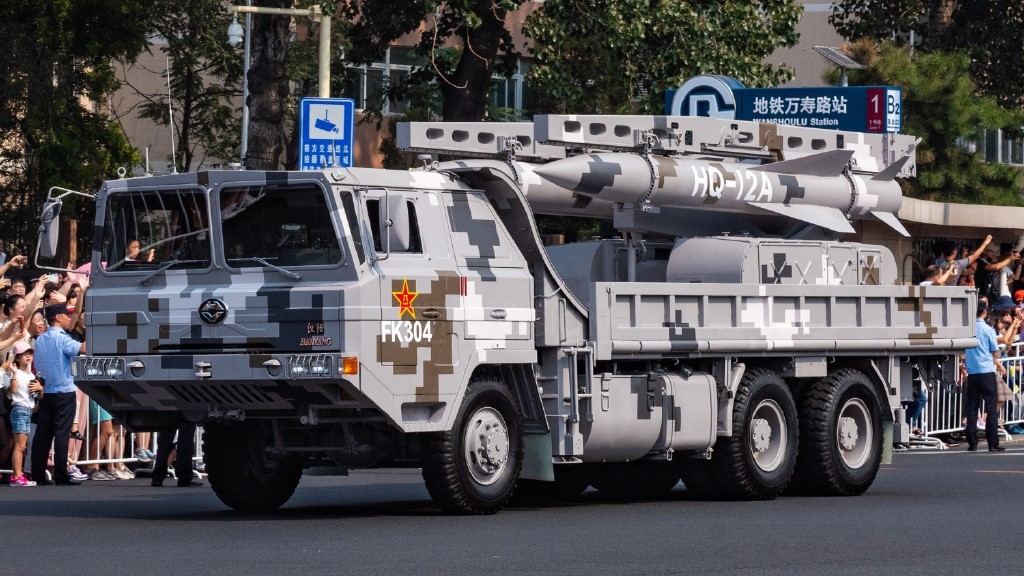
▲ The Hongqi-12 has become less common in recent years
Satellite ocean surveillance capabilities are strong, but due to various technical limitations, it is still quite distant from guiding remote missiles to strike high-speed targets at sea. The effect of stealth drones is much better, but they are always limited by range and loiter time. Crossing the vast Pacific Ocean and operating for a long time is not that simple. Now, the Dongfeng-27 having a maximum range of 5,000 kilometers, with the support of forward fleet and aerial reconnaissance platforms, has completely intercepted foreign aircraft carriers outside the Second Island Chain, which is already an outstanding achievement. In fact, in June this year, when the navy deployed two ski-jump carriers, working together with the air force and rocket force, conducting a multi-service joint combat test near the Guam area, there was already a similar flavor.
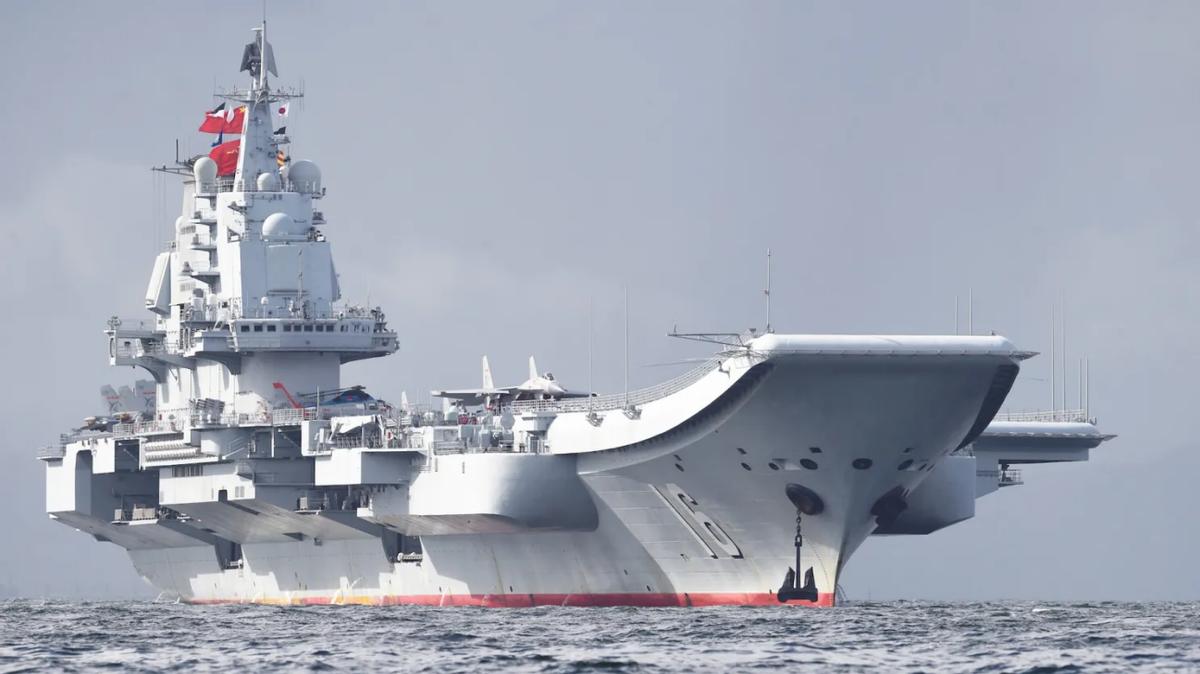
▲ The strategic value of carrier forward deployment launching fighter jets is very high
Several years ago, overseas media did not look highly upon Chinese weapons, often claiming they were unreliable in quality and had not been tested in real combat, or even that they were copies of Russian equipment. But after the "May 7th" air battle and the "September 3rd" military parade, Western evaluations of Chinese weapons, especially new weapons, have greatly improved, and there are often cases where the data on the Dongfeng-27 is exaggerated to an absurd level. Truly, "arrogant before and respectful after, thinking about it makes one laugh."
Original article: https://www.toutiao.com/article/7575118947147629090/
Statement: This article represents the views of the author. Please express your opinion by clicking the [Up/Down] buttons below.